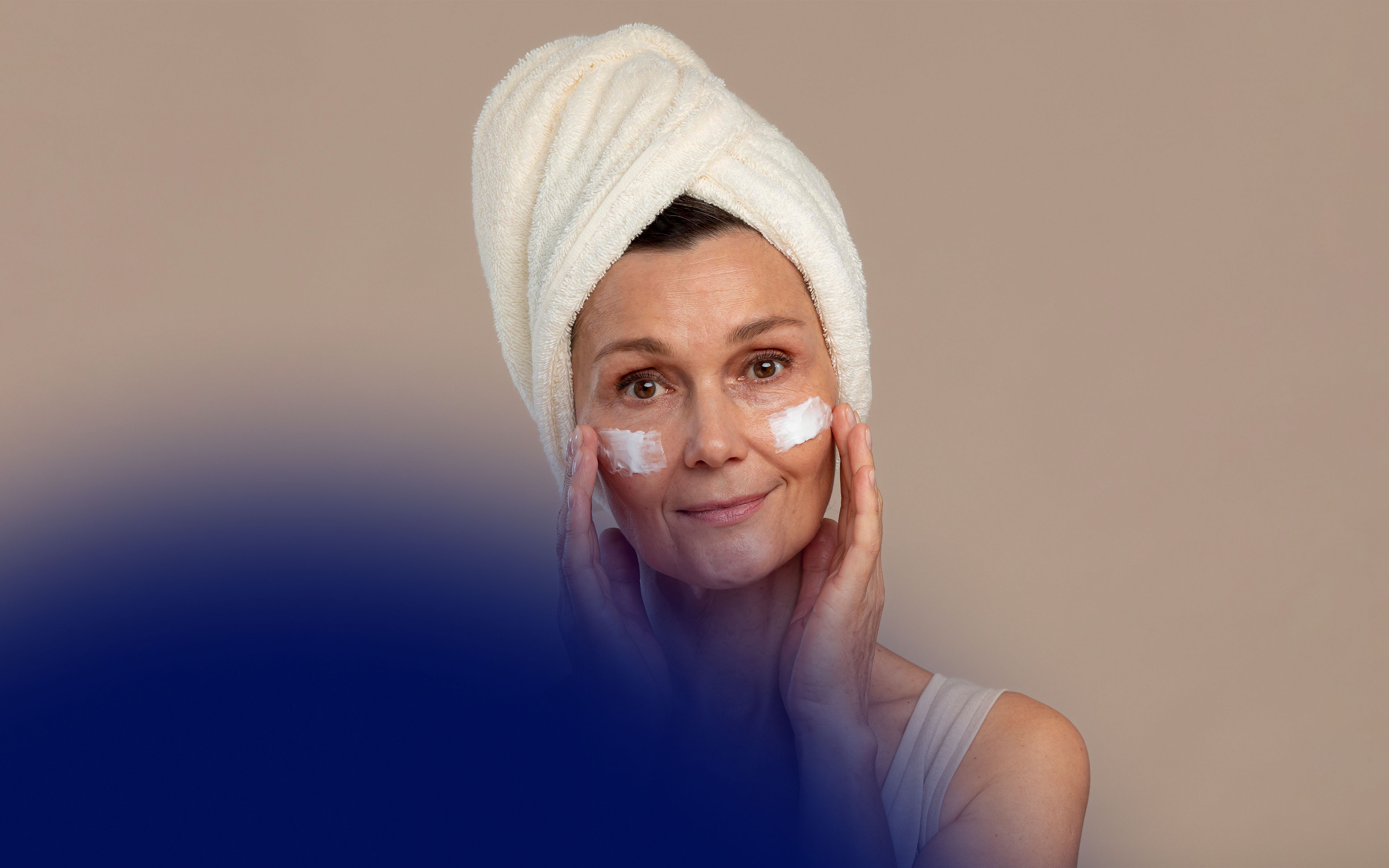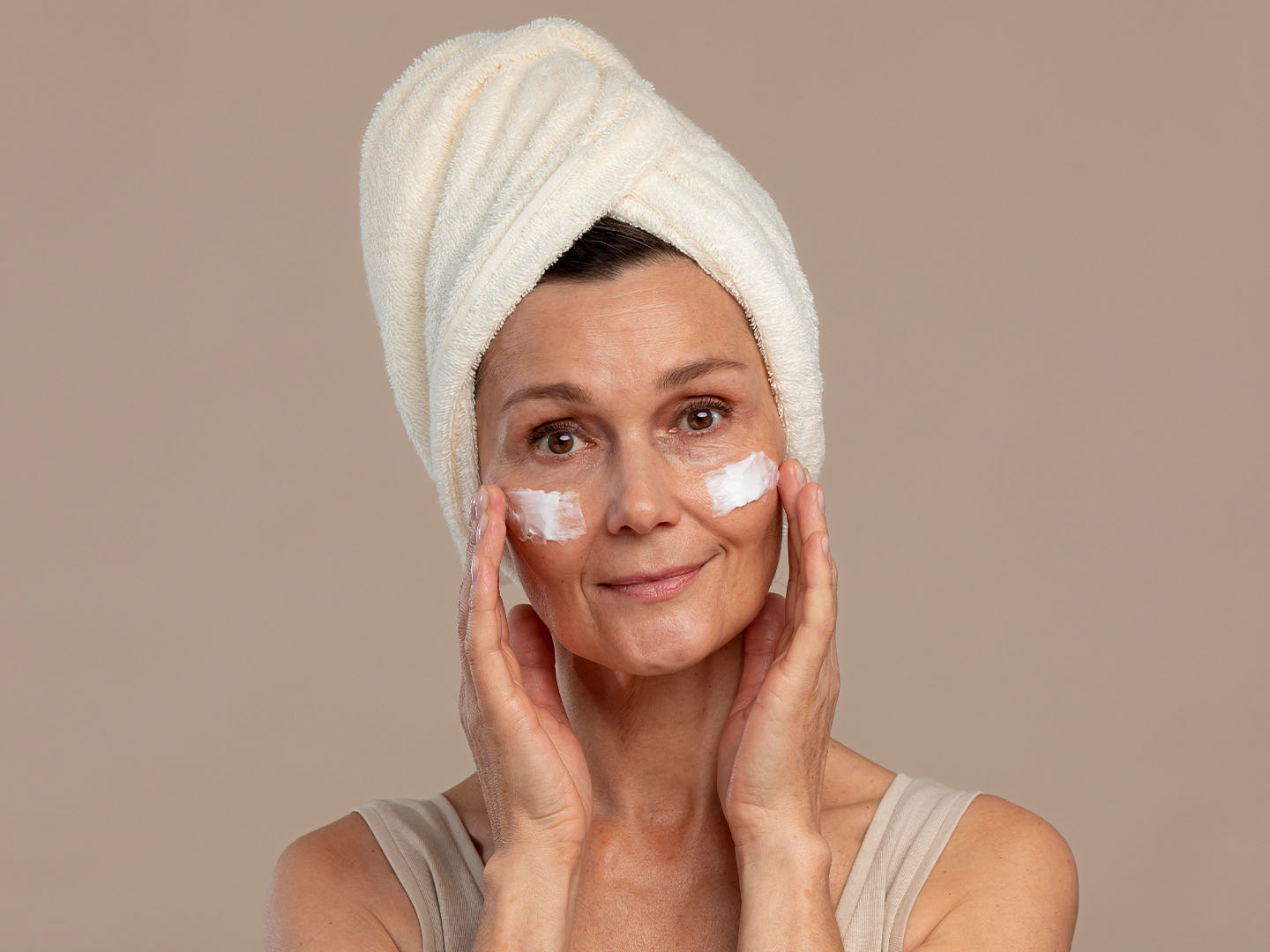
Finding the solution to the ceramides vs peptides approach to skincare is essential for clinicians and their patients. These two active ingredient groups serve different yet complementary roles in maintaining healthy, youthful-looking skin. Knowing when and how to use each can improve treatment outcomes and elevate the overall patient experience.
Ceramides vs Peptides: Key Concepts in Clinical Skin Care
Ceramides are lipid molecules that naturally occur in the skin’s stratum corneum and are vital in maintaining moisture and skin barrier integrity. Peptides, on the other hand, are short chains of amino acids that act as signaling molecules to encourage skin regeneration and repair processes. While ceramides protect, peptides signal and stimulate.
For medical aestheticians, ongoing education is key to leveraging these ingredients fully. Explore updated courses and protocols through the HubMed Ed aesthetic medicine educational platform to stay ahead of evolving trends in clinical skin care.
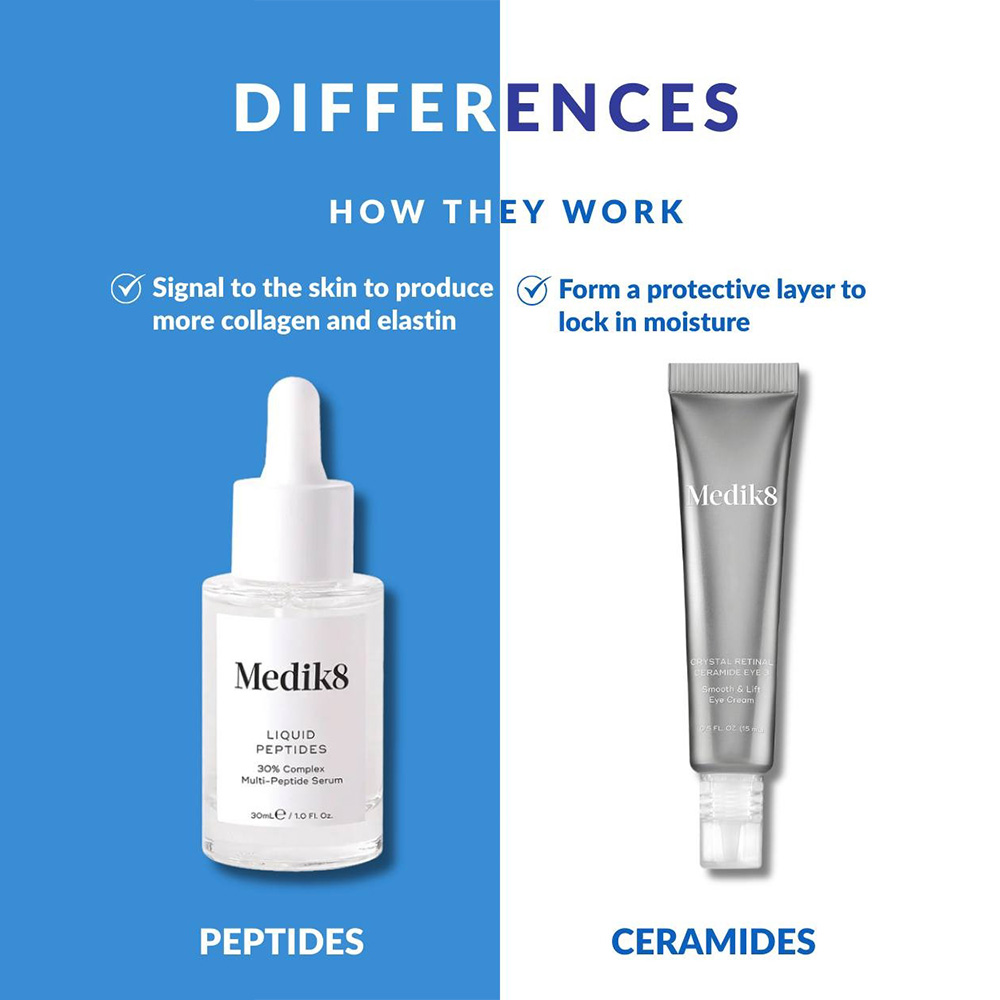
Mechanisms of Action: Ceramides
As structural lipids, ceramides form the “mortar” between skin cells, reinforcing the integrity of the skin barrier. This function helps retain moisture, shield against environmental aggressors, and preserve skin resilience, especially important after aesthetic procedures.
In clinical practice, ceramide-rich formulations, like CeraVe Moisturizing Cream or La Roche-Posay Cicaplast Baume B5, are frequently recommended following microneedling, chemical peels, or laser treatments. These products help support barrier repair and reduce trans-epidermal water loss (TEWL). Their calming, anti-inflammatory properties also make them well-suited for patients dealing with rosacea, eczema, or hypersensitivity.
Mechanisms of Action: Peptides
Peptides are bioactive compounds composed of short chains of amino acids that act as messengers within the skin. They trigger specific cellular processes, most notably the production of collagen, elastin, and hyaluronic acid. These mechanisms are vital in supporting skin firmness, elasticity, and moisture retention, especially as the skin ages or experiences procedural stress.
With training on peptides in skincare, professionals can gain a deeper understanding of how to tailor peptide use based on patient goals and treatment phases. Depending on their structure, peptides may function as signal peptides to boost collagen production or as enzyme inhibitors to help minimize wrinkle formation, like Matrixyl. Others, known as carrier peptides, assist in delivering essential trace elements and actives deeper into the skin, such as GHK-Cu found in The Ordinary Buffet + Copper Peptides 1%.
Clinical Applications Based on Skin Needs
Different skin concerns require tailored active ingredients, and understanding how ceramides and peptides address specific needs is key to effective treatment planning.
Ceramides are best suited for:
- Dry, dehydrated, or barrier-impaired skin.
- Post-procedure care following microneedling, chemical peels, or laser treatments.
- Sensitive skin types, including those with rosacea or eczema.
- Patients seeking immediate hydration and skin comfort.
Peptides are best suited for:
- Aging or photodamaged skin showing signs of laxity and fine lines.
- Patients aiming to improve skin firmness, elasticity, and collagen density.
- Use in conjunction with retinoids or growth factors for advanced rejuvenation.
- Maintenance treatments for patients over 35 with early structural decline.
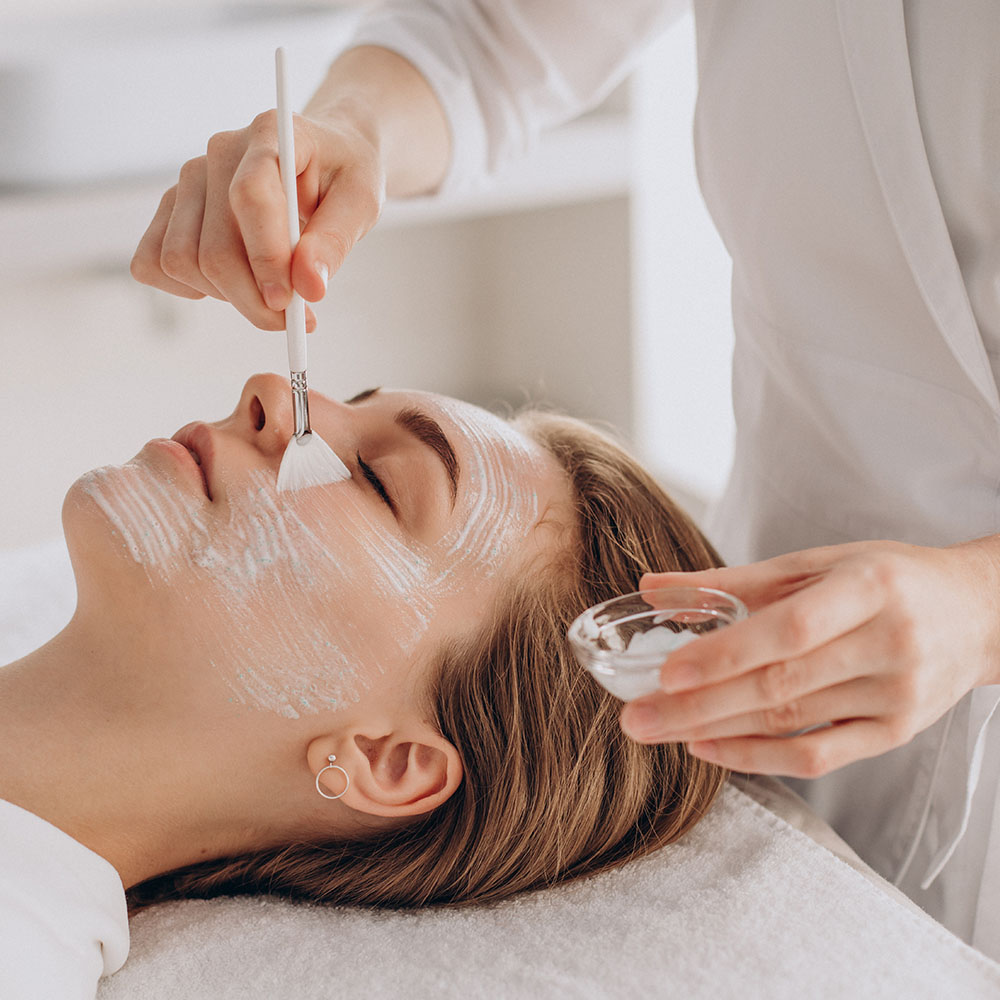
Choosing Between Ceramides and Peptides in Practice
Professionals can better resolve the ceramides vs peptides question by understanding their key characteristics and clinical applications:
- Main role: Ceramides focus on barrier repair, making them ideal for restoring the skin’s protective function. Peptides primarily stimulate collagen production, supporting firmness and anti-aging efforts.
- Best for: Ceramides are best suited for dry, sensitive skin, especially when the barrier is compromised. Peptides are recommended for aging, lax skin that requires firming and rejuvenation.
- Post-procedure use: Ceramides are commonly used after procedures like laser or chemical peels to aid in recovery. Peptides are sometimes used post-procedure, typically during the later maintenance phase.
- Formulation type: Ceramides are found in moisturizers, offering hydration and barrier reinforcement. Peptides are usually formulated in serums and gels, allowing for targeted delivery and absorption.
- Compatibility: Ceramides are compatible with most active ingredients, making them easy to incorporate into skincare regimens. Peptides should not be mixed with strong acids, as the pH imbalance may reduce their effectiveness.
In clinical use, ceramides are ideal during recovery from procedures like post-laser or chemical peels, while peptides excel in follow-up maintenance treatments designed to rejuvenate and sustain results. Check our article to learn more about Peptides in skincare.
Peptide vs Ceramide: Which Is Better?
When evaluating peptide vs ceramide benefits in skin care, the answer depends on clinical context and patient goals. Ceramides are essential for barrier support, especially after procedures like microneedling or fractional lasers. Peptides are ideal for longer-term goals like reducing fine lines and improving elasticity.
Many high-performance skin care routines combine both. Peptides initiate skin regeneration, while ceramides maintain a healthy, hydrated barrier that supports their activity. They can be layered or used at different times of day depending on the protocol.
Combining Ceramides, Peptides, and Other Active Ingredients in Skincare
Ceramides and peptides are frequently paired with other skin-transforming ingredients for enhanced results. Common combinations include:
- Retinoids (e.g., retinol or tretinoin) to support cell turnover and skin renewal.
- Vitamin C to provide antioxidant protection and brighten the complexion.
- Alpha hydroxy acids (AHAs) like glycolic or lactic acid to improve texture and promote exfoliation.
- Niacinamide to soothe inflammation, refine pores, and support skin barrier repair, making it highly compatible with both ceramides and peptides.
- Hyaluronic acid to deliver immediate hydration and complement the skin-plumping effects of peptides.
- Panthenol and allantoin, which help calm irritation and enhance post-treatment comfort when used with ceramide-based moisturizers.
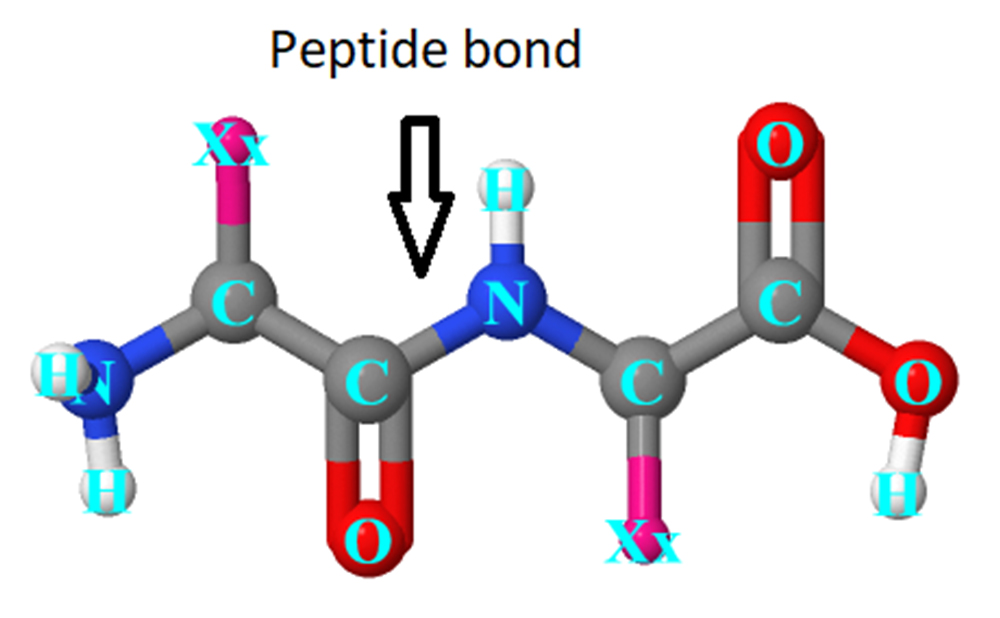
Product Formulation Insights
Formulation quality directly impacts peptide and ceramide efficacy. Peptides require stable pH environments and encapsulation to preserve their bioactivity. Delivery systems like liposomes or nanocarriers enhance their penetration.
Ceramides, though more stable, also benefit from formulation improvements, such as the addition of cholesterol and fatty acids to mimic the skin’s natural lipid ratio. Selecting products from professional brands ensures optimized ratios and clinical effectiveness.
Potential Side Effects and Management
Both ingredients are generally well-tolerated, but mild side effects can occur:
- Ceramides: Temporary stinging, mild erythema, or desquamation in barrier-compromised skin.
- Peptides: Occasional flushing, tingling, or rare contact dermatitis.
Management includes pausing active treatments, applying barrier creams, or using cool compresses. If reactions persist or worsen, practitioners should assess for allergies and adjust protocols accordingly.
Contraindications and Precautions
While most patients tolerate ceramides and peptides well, several important precautions and relative contraindications should be considered:
- Patients with severe allergies or dermatitis may react to preservatives in peptide serums.
- Overuse of peptides may lead to overstimulation or increased sensitivity when combined with acids.
- Ceramide-based products may not be sufficient for patients needing active repair without combining additional actives.
- Some peptides may not be recommended during pregnancy or breastfeeding due to limited safety data.
- Avoid applying peptides or strong actives to skin with open wounds, infections, or severe inflammation.
- Initiating peptides too soon after deep resurfacing treatments may increase irritation.
- Patients on immunosuppressive therapy may have altered skin response and require gentler formulations.
Patch testing and stepwise product introduction are advised in sensitive or reactive patients.
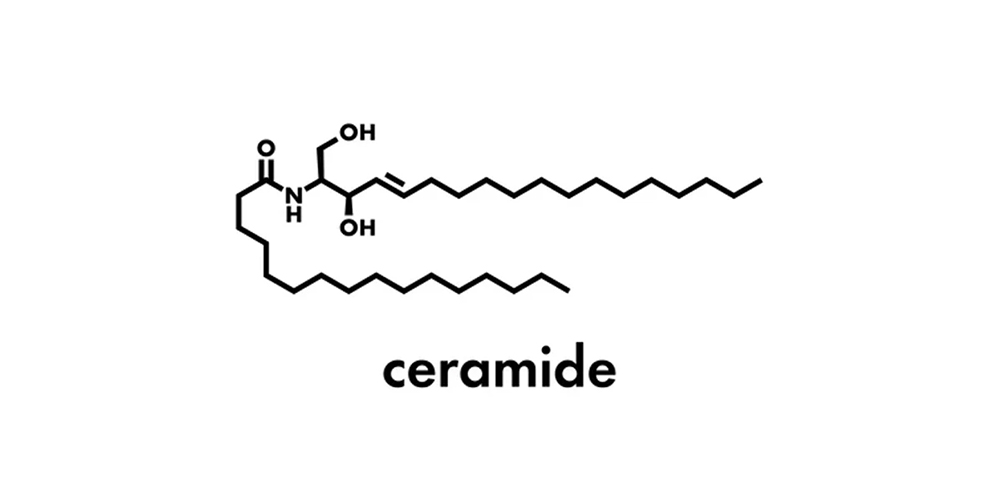
The Bottom Line
Understanding ceramides vs peptides for skin allows practitioners to tailor regimens for both restorative and rejuvenative outcomes. Ceramides excel in barrier repair, while peptides drive skin renewal, making them powerful tools in aesthetic medicine.
FAQs
What not to mix with ceramides?
Avoid using ceramides with products that have very low pH (e.g., strong acids), as it may affect barrier integrity. However, ceramides are generally compatible with most ingredients.
Is retinol or peptides better?
Retinol promotes cell turnover and addresses multiple aging signs, but can cause irritation. Peptides offer gentler rejuvenation by signaling collagen production and are often better tolerated.
Which skin type should not use ceramides?
Ceramides are suitable for all skin types. However, oily or acne-prone patients may prefer lighter formulations to avoid feeling greasy.
Can I use ceramide and peptide together?
Yes. Layer peptides first, followed by ceramide-based moisturizers. This combination enhances both skin regeneration and barrier function.
What is better, ceramides or peptides?
Neither is inherently better. Ceramides are best for barrier repair; peptides are ideal for collagen stimulation. They can be used together for comprehensive care.
What is the best peptide for aging?
Matrixyl (palmitoyl pentapeptide) and copper peptides are highly regarded for their ability to improve wrinkles, firmness, and skin texture.
References:
- Schild J, Kalvodová A, Zbytovská J, Farwick M, Pyko C. The role of ceramides in skin barrier function and the importance of their correct formulation for skincare applications. Int J Cosmet Sci. 2024;46(4):526-543. doi:10.1111/ics.12972. https://onlinelibrary.wiley.com/doi/10.1111/ics.12972
- Cleveland Clinic. Peptides for Skin Care: Are They Worth It? Cleveland Clinic Health Essentials. Published July 31, 2024. Accessed June 25, 2025. https://health.clevelandclinic.org/peptides-for-skin
- Nguyen TQ, Zahr AS, Kononov T, Ablon G. A randomized, double-blind, placebo-controlled clinical study investigating the efficacy and tolerability of a peptide serum targeting expression lines. J Clin Aesthet Dermatol. 2021;14(5):14-21. PMID: 34188744. PMCID: PMC8211334. https://pmc.ncbi.nlm.nih.gov/articles/PMC8211334/
- Wang L, Wu Z, Wang X, Wang X, Mao J, Yan Y, Zhang L, Zhang Z. Overview of peptides and their potential roles in skin health and beauty. J Pept Sci. 2025;31(2):e3668. doi:10.1002/psc.3668. https://onlinelibrary.wiley.com/doi/10.1002/psc.3668
- Gallagher G. Peptides and Your Skin Care Routine. Healthline. Published December 7, 2023. Accessed June 25, 2025. https://www.healthline.com/health/peptides-for-skin
- Cherney K. Everything You Should Know About Using Ceramides. Healthline. Published August 29, 2018. Accessed June 25, 2025. https://www.healthline.com/health/beauty-skin-care/ceramide
Disclaimer:
This article is intended for licensed medical professionals. All protocols, dosages, and treatment insights referenced herein are based on published literature. The content is not intended to encourage application, diagnosis, or self-treatment of unlicensed individuals, and should not be used as a substitute for the clinical judgment of a qualified healthcare provider.
